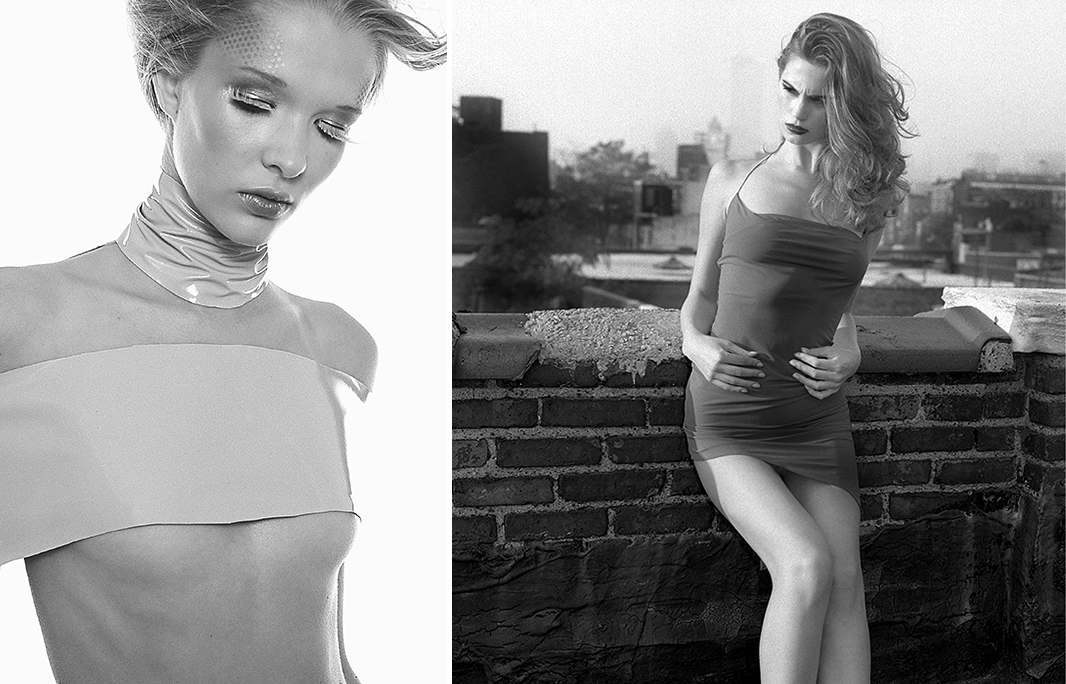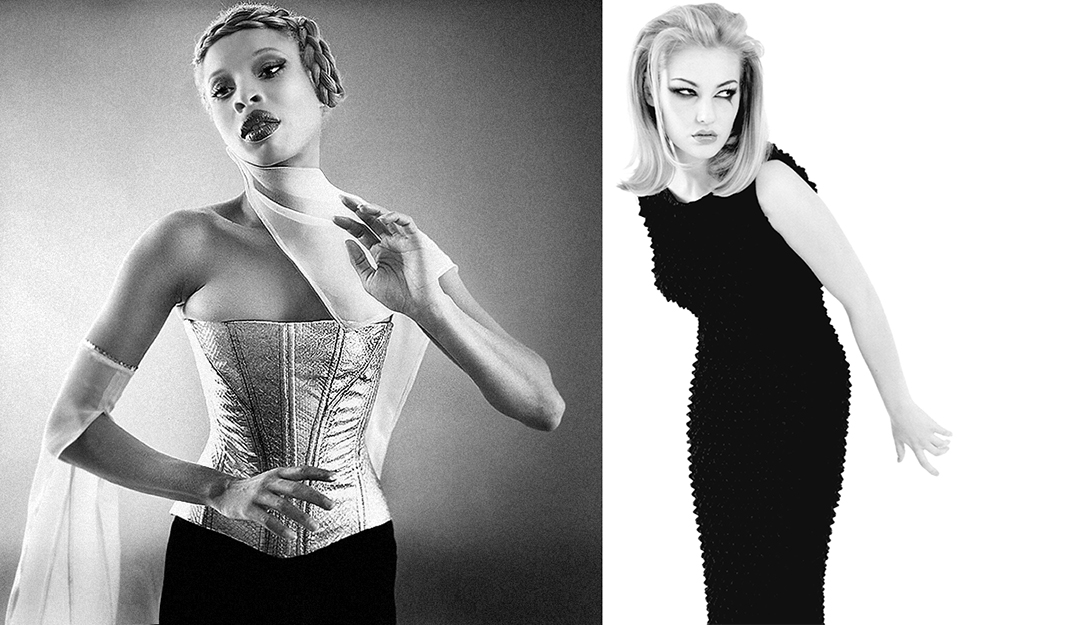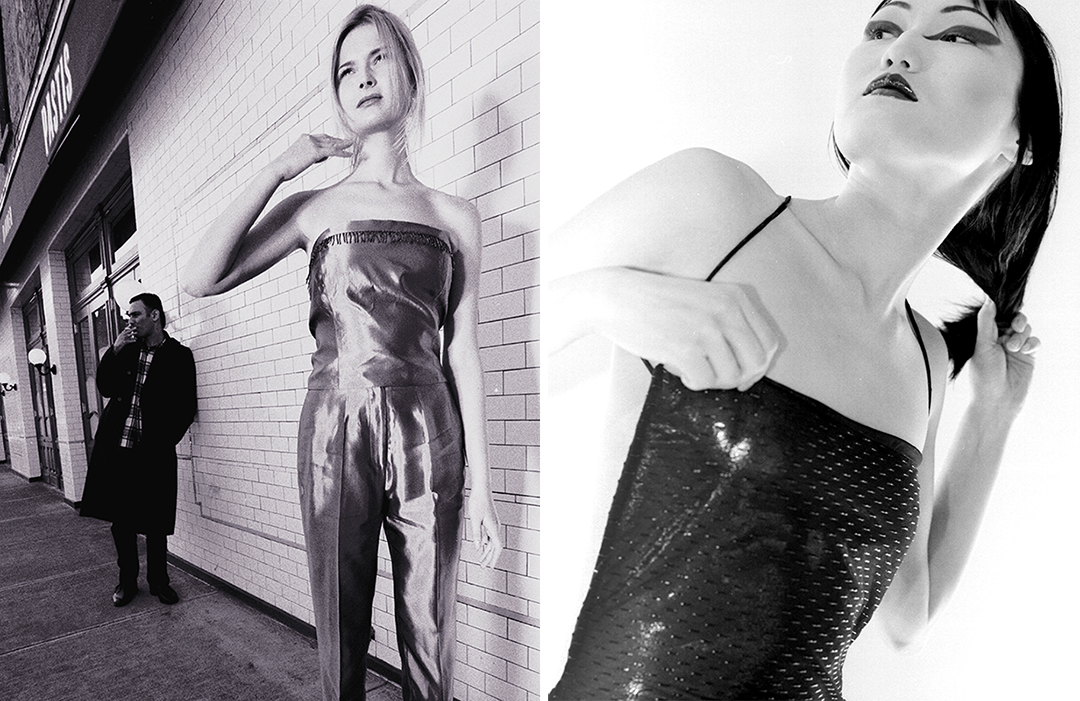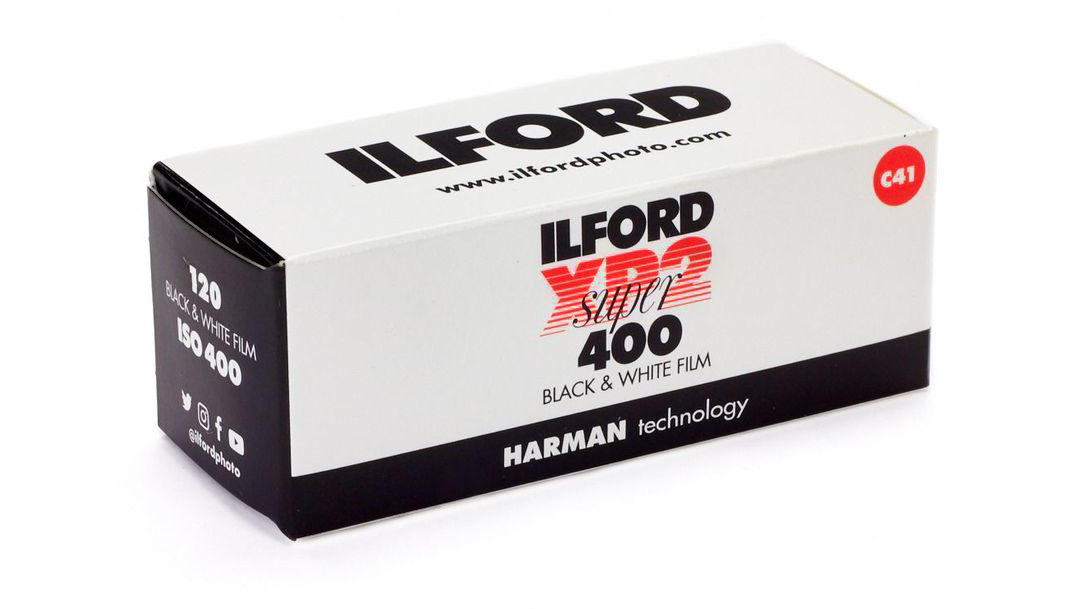Ilford XP-2 – An Honest Opinion
Ilford XP-2 is actually a strange bird in the B+W world. Actual love and hate. A typical slight would be “Shoot real B+W film, buddy!” I’ve always thought that was a bit extreme. But, before you read my impressions, I want everyone to take into account that it would behoove me to just give it a glowing review. After all, I will include links to buy the film. Although I truly love Ilford, (the company,…not one of my ex-girlfriends, who curiously had the same last name), because they were one of the few companies that stood by the analog community, through thick and thin. So, I truly have mixed feelings. I tell you this so that you know what I say is my true, unadulterated opinion.
First, let’s get the absolute wonderful abilities of XP-2. (or any chromogenic film) Anyone can get it developed at most drugstores by just dropping it off. Even the same day you shot the roll/s. Plus they still sell 120 sized film. And no special or more expensive B+W processing is required. Unless you do your own processing. Then both the time and expense advantage goes away.

Advantage?
Now here’s where it gets messy. To consider that the sole reason you would shoot this film really depends on workflow and what’s important to you. Not me. Which is not to say Ilford XP2 is a bad film. It’s not. And depending on your personal aesthetics, it could very well be the greatest thing since Pepsi cola. To be honest, the real point of any chromogenic B+W film is convenience. It’s not a new thing. You shoot a roll, you drop it off at a local drugstore, and in some cases, pick it up in an hour. The beauty of film and the convenience of digital. Although what you’ll actually get are semi-tinted 4×6 proof prints. (printed on color paper) But you can get the images scanned on a CD, too. This is big! You get “super-sized” proofs, and cleanly scanned images. Leaving you more time for shooting. Plus, you’re able to make traditional prints in the darkroom, or use the scanned film CD for upload or digital printing. Because,…let’s admit it,…scanning is very tedious, time consuming work. In other words, Ilford XP-2 provides,…OPTIONS.
Shooting Vs. Other Junk
Look, this film is relatively cheap and you can find it everywhere. Also, like I said, it’s available in both 35mm and 120 formats. If it is the one impetus needed to keep people shooting B+W film,…count me in! That said, Xp2 is, in fact, a color neg film with a single dye layer. If you shoot any c41 film and desaturate the color in post, you will get the same thing. Plus, it’s a very low contrast film. A wonderful quality for some. Not so for others. I personally count this as an advantage. You can always increase contrast in the darkroom, (or Photoshop) Going the other way is much more difficult.

Tonal Range
Ilford XP2 Super is a fast, sharp, black & white film with fine grain and a very wide tonal range, and extreme latitude. You can shoot this film from 50 ISO to 800 ISO. With normal processing at all speeds. What this means is you can shoot one roll with different exposures. I’ve shot it at 200, 400 and 800. I find 200 about right. (all companies overrate ISO) The only film presently available that’s actual box speed is Kodak’s E100.
It also scans well, and IR dust removal works. (as opposed to regular B+W film) It does deliver well-defined highlights and shadows, even in unpredictable lighting or very high contrast scenes where there is extreme brightness/darkness. Although,… in my opinion,….it’s really a substantial light film.

The Bad
I’m NOT in love with the grain, and occasional “blotchiness”. Now, I’ve never developed this film. It’s always been sent out. (uhhh,…isn’t that the point?) And always been machine developed. So, maybe that complaint is ill placed. It could be the fault of the lab. Or mixing color film developing at same time. (exhausted chemicals, human error, machine calibration?) However,… if you are going to take a “clean” negative into the darkroom, printing XP-2 on Ilford Warmtone Multigrade Fiber paper is magical. Why that should be? No clue. But even with very little manipulation, it almost glows. 🤔

The “200” Dilemma
I only mention this because Ilford insists 400 is the “best image quality” ISO this film should be shot at. My opinion? The finest grain /sharpness balance is 200. Now, I’m not a guy who reads company technical pamphlets. I just shoot. Some may say “by the seat of my pants”. Nevertheless, since I’ve included an Ilford Technical paper below, I skim read it. (to make sure it was all there) Lo and behold, Ilford actually said, “If you want finer grain, shoot at 200”. OK. If you push it to 800, it does get a bit contrasty. Yes, I have shot at a 1600 rating. Let me put it this way: 👎. But 50 to 800 is pretty good already. Especially since there is no need to push or pull in development!
In The End
It really comes down to your own aesthetic. While I don’t love this film, I don’t hate it either. While I personally prefer Tri-X and HP-5 grain, (shot at 320), you may find Ilford XP-2 to be the cat’s meow. One thing this film will do; show you how good your lenses are. But, when it comes to convenience,….XP-2 will be the winner for most photographers. As long as you remember,…if you’re a darkroom rat, and are just making prints the traditional way, and not taking advantage of the whole CD/digital hybrid workflow, the convenience of chromogenic B+W is sort of a moot point.
Ya’ picks your poison,…and shoot.. While I do NOT ascribe to the internet gossip machine of XP-2 35mm having a medium format “smoothness”, I will concede it’s still a film worth checking out. It may just well apply to your vision.
Ilford XP-2 Super Technical

